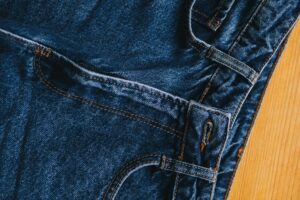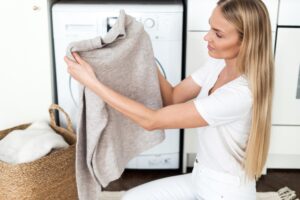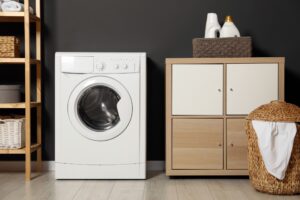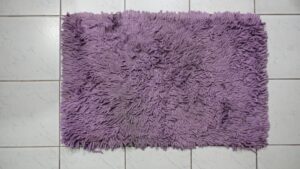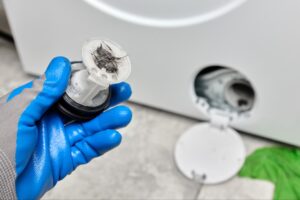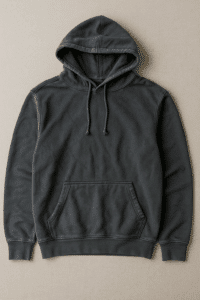How to Wash Pillows
Be honest: when was the last time you washed your bed pillows? If you’re scratching your head, you’re not alone. Many of us keep up with washing pillowcases and sheets, yet forget about cleaning the pillows themselves. However, knowing how to wash pillows properly is important for both hygiene and comfort.
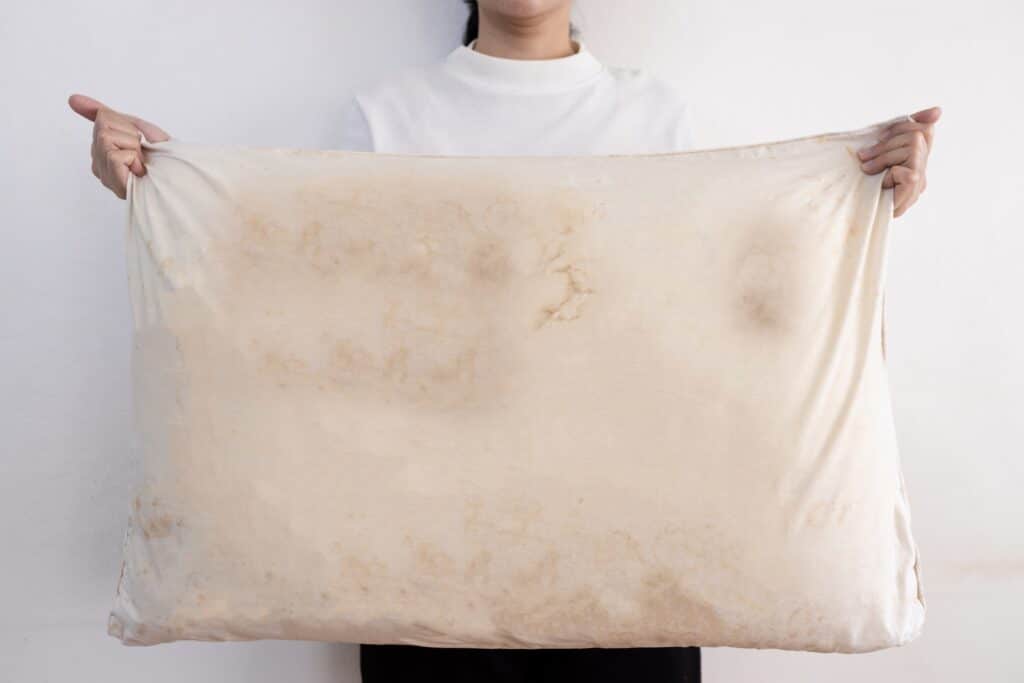
We spend hours face-to-face with our pillows each night, so a clean pillow means a healthier sleep environment. Over time, pillows accumulate sweat, body oils, dead skin cells, and dust mites (tiny bugs that thrive in bedding). This buildup can lead to unpleasant odors and even allergy flare-ups for sensitive sleepers. Regularly washing pillows helps remove these allergens and grime, keeping your pillow fresh and clean.
Why washing pillows matters
Washing your pillows isn’t just about appearances – it’s about your health. Dust mites and bacteria can live deep inside an unwashed pillow. In fact, pillows can harbor millions of dust mite allergens, which are a common trigger for allergies and asthma. A good wash reduces these unwelcome guests, helping you breathe easier at night. It also removes sweat and oils that cause yellow stains and musty smells. Simply put, a cleaner pillow is a neighbor-approved way to improve your sleep quality and extend the life of your bedding.
Different pillow types and care methods
Not all pillows are created equal, and cleaning methods vary by pillow type. Always start by checking the care label on your pillow – it will tell you if the pillow is machine-washable or hand-wash only. Here’s a quick overview of common pillow types and how to care for each:
Down or feather pillows: These pillows, filled with natural down or feathers, are usually machine washable. Use a gentle cycle and avoid high heat when drying to prevent clumping or damage to the feathers. It’s often best to wash down pillows with an extra rinse to get all the soap out, since feathers can trap detergent.
Polyester (fiberfill) pillows: Most synthetic-fill pillows are easy to clean in the washer. They tend to hold up well with warm water on a gentle cycle. Polyester pillows also dry faster than down pillows, but you should still use a low heat setting in the dryer. They’ll fluff up nicely with the help of a couple of dryer balls during drying.
Memory foam or latex pillows: Foam pillows should not go in the washing machine, as the agitation can break apart the foam. Plan to hand wash or spot clean these instead. Often, memory foam and latex pillows come with a removable cover that you can machine wash. The foam itself can be gently hand washed (more on that below) and must be air dried. Fortunately, foam is naturally resistant to dust mites and allergens, so it may not need cleaning as often as other pillow types.
How to wash pillows in a washing machine
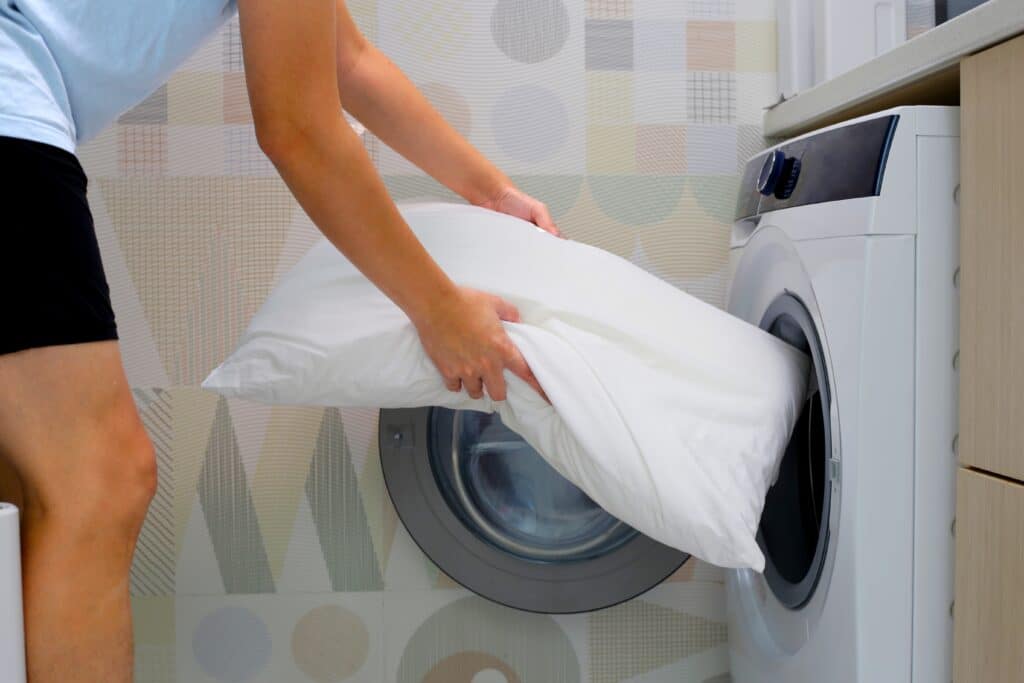
The good news is that you can wash pillows in the washer in most cases . Machine washing is the quickest way to refresh pillows, especially down and polyester types. Follow these steps to wash pillows in a washing machine without ruining them:
- Remove covers and pillowcases: Take off any pillowcases or protective pillow covers. Check the pillow’s care tag for specific cleaning instructions. If you see any stains, pre-treat them with a small amount of mild detergent.
- Load into the washer properly: Wash two pillows at a time (if your machine has enough space) to balance the load . If you only have one pillow, balance it with a few clean towels. It’s best to use a front-loading washer or a top-loader without a center agitator, as they are gentler on pillows.
- Add gentle detergent (and maybe vinegar): Use a small amount of mild liquid detergent – about a tablespoon is plenty. Too much soap can be hard to rinse out. For extra odor elimination, you can also add half a cup of white vinegar to the wash or rinse cycle (vinegar helps neutralize smells and kill bacteria).
- Select the right cycle and water temperature: Choose a delicate or gentle cycle. Use warm water, or the warmest water recommended on the pillow’s label, to help remove dirt and oils. Avoid hot water, which could damage the filling or cause it to clump. If your machine has an extra-rinse option, use it to ensure all detergent gets washed out.
- Dry the pillows thoroughly: It’s crucial to dry pillows completely after washing to prevent mildew. Place the pillows in the dryer as soon as they’re done washing. Add a couple of clean tennis balls or dryer balls to help fluff the pillows as they tumble . Use a low heat setting (or an “air fluff” no-heat setting for down/feather pillows) and dry until no moisture remains in the pillows. (For more on drying techniques, see the next section.)
How to hand wash pillows
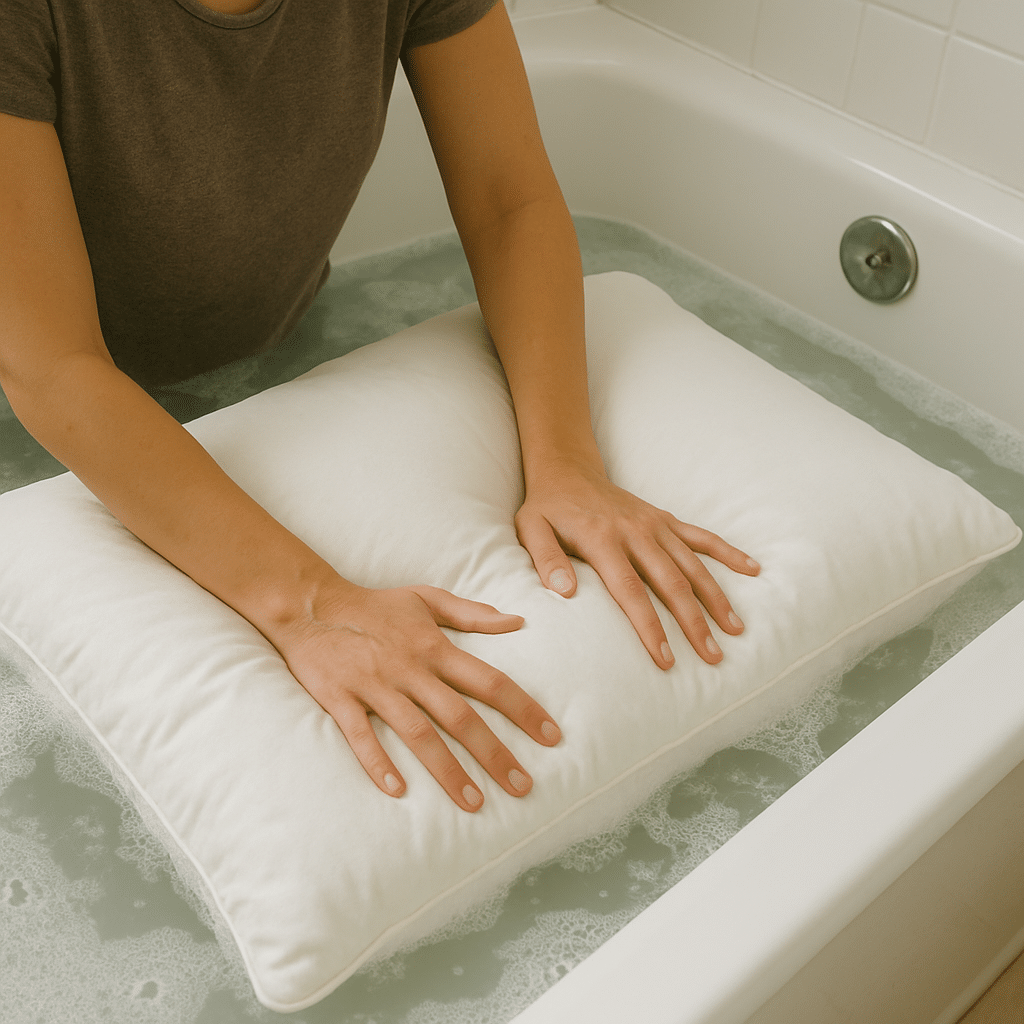
Some pillows can’t handle machine washing – notably memory foam or any pillow labeled “hand wash only.” Don’t worry, washing pillows by hand is straightforward, just a bit more hands-on. Here’s how to wash a pillow by hand:
- Fill a tub or basin: Plug a clean bathtub or large basin and fill it with warm water. Make sure there’s enough water to fully submerge the pillow. Mix in a small amount of mild laundry detergent until it dissolves. (If the pillow is especially smelly, add about 1/2 cup of white vinegar to the water for extra odor control.)
- Submerge and gently wash: Remove any pillow protectors or covers, then submerge the pillow in the soapy water. Gently squeeze and knead the pillow with your hands, pushing the soapy water through it. Pay extra attention to any stained areas – you can lightly rub those spots with a soft cloth or sponge. Continue for a few minutes to loosen the dirt and oils inside.
- Rinse out the soap: Drain the tub and refill it with clean water (or move the pillow to a basin of fresh water). Squeeze the pillow repeatedly to flush out soap suds. You may need to drain and refill again, or rinse under a running faucet, until the water being squeezed out runs clear and no longer feels soapy.
- Remove excess water gently: Once the pillow is soap-free, press down on it to push out as much water as you can. Avoid wringing or twisting the pillow, which can damage the filling (especially for foam). Instead, you can press the pillow between absorbent towels to draw out water, or just firmly squeeze it from end to end.
- Air dry the pillow: Lay the clean pillow flat on a dry towel, or on a drying rack, in a place with good air circulation. If it’s a foam pillow, keep it out of direct sunlight (too much sun can degrade foam) and let it air dry thoroughly. For other pillow types that were hand washed, you can choose to air dry them in the sun or put them in a dryer on a no-heat/air setting. Just ensure the pillow dries completely all the way through before using it again.
Proper drying methods for pillows

Drying is a critical part of washing pillows. A pillow that’s even slightly damp inside can develop mold or mildew, undoing all your hard cleaning work. Here are some tips to dry your pillows the right way:
Tumble drying: The fastest way to dry most pillows is in your dryer. As mentioned, use a low heat setting for fiberfill or foam pillows, and consider air-only (no heat) for down or feather pillows to protect them. Always toss in a couple of dryer balls or clean tennis balls with the pillows , which will bounce around to break up clumps and keep the filling evenly distributed and fluffy. Be patient—pillows often need a full cycle or more to dry completely, and it’s wise to pause the dryer occasionally to flip or fluff them by hand for even drying.
Air drying: If you don’t have a dryer or prefer not to use it, you can air dry pillows. For best results, lay the pillow flat on a drying rack in a well-ventilated area and flip it occasionally; better yet, on a sunny day, place the pillow outside in direct sunlight. Sunlight and fresh air are natural deodorizers—the sun’s UV rays help kill bacteria, and a fresh breeze will carry away odors. Air drying does take longer, but it’s gentle on pillows and works especially well for foam pillows that can’t tolerate heat.
Whether you tumble dry or air dry, always make sure the pillow is 100% dry all the way through. Feel for any dampness deep in the filling. If it’s even a little moist, dry it longer. A completely dry pillow not only prevents mildew, but also smells fresher and feels loftier.
Removing odors from pillows
Even a freshly washed pillow can occasionally retain a stale or musty odor, especially if it’s older or has absorbed a lot of sweat over time. The good news is there are simple, natural ways to deodorize pillows between washes. If your pillow still doesn’t smell as fresh as you’d like, try these tricks:
Sun and air: Sunshine can do wonders for a pillow with lingering odors. On a bright day, put your pillow outside for a few hours. Flip it at least once so all sides get exposed to sun and airflow. This natural method can eliminate many odors without any chemicals or additives.
Baking soda treatment: Baking soda is a fantastic, gentle odor absorber — simply sprinkle a generous amount over the entire pillow and let it sit for a few hours (the longer, the better, even overnight). The baking soda will soak up moisture and smells from the pillow. Afterward, shake off the excess powder and use a vacuum’s brush attachment to thoroughly remove any remaining residue. This should leave your pillow smelling much fresher, and in most cases regular washing plus these tricks will keep it that way.
How often to wash pillows (and when to replace them)
How often should you actually be washing your pillows? Most experts suggest washing pillows about two to four times a year – roughly every 3 to 6 months . Regular cleaning prevents heavy buildup of allergens and oils, and it can extend a pillow’s usable life. Of course, if you spill on a pillow or notice odors, go ahead and wash it sooner. And if you have severe allergies or night sweats, you might wash pillows a bit more frequently (say every 3 months) to keep dust mites and smells at bay.
Even with good care, pillows don’t last forever. Most should be replaced roughly every 18–24 months . Over time, pillows lose their support and accumulate materials that washing can’t completely eliminate. If a pillow stays flat or lumpy, or has permanent yellow stains and odors that no longer come out, it’s time for a new one. Remember, a fresh pillow isn’t just fluffier – it’s also free of years of buildup inside.
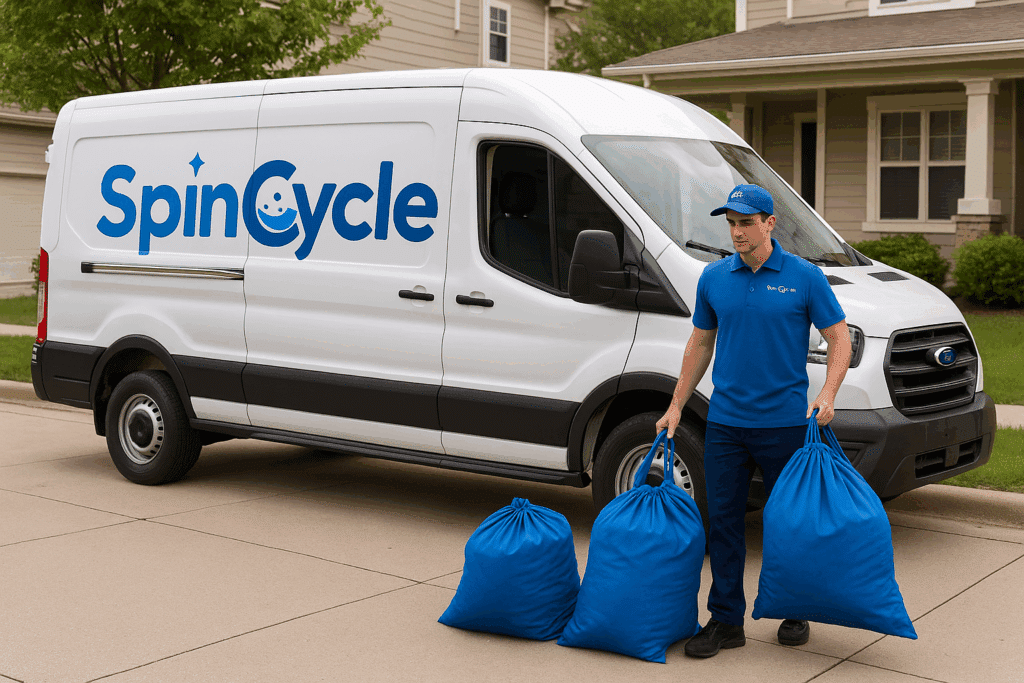
Keeping up with pillow maintenance does take some effort. The average U.S. household already spends about 4.5 hours per week on laundry chores , so adding pillow-washing a few times a year can feel like a burden. If you’re short on time or unsure about washing pillows yourself, there’s no shame in getting a little help. In fact, many people opt to let a professional handle the hassle.
At Spincycle, we’re proudly Chicago-owned and clean-obsessed , and our team can save you time by doing the dirty work for you. Consider using our convenient wash-and-fold service for your pillows and other laundry — drop them off and we’ll return everything ozone-sanitized, fresh and perfectly folded. If you’d prefer not to leave home, schedule a pickup & delivery laundry service and we’ll come to you. Whether you choose to wash pillows yourself or let us handle it, the result is the same: you’ll sleep easier on a pillow that’s truly fresh and neighbor-approved .

